Want Healthier Soil? Plant Cover Crops with Your Veggies
/Soil health is one of the most important ingredients for creating a thriving garden. If the soil in your garden is unhealthy, of poor quality, or lacking in nutrients, your plants will suffer and become prone to diseases and pest infestations. Taking time to test, prep, and nourish your soil by giving it what it needs is the best way to create an optimal environment for your plants.
Healthy soil is an ecosystem that contains multiple species that work in tandem with each other. It contains protozoa, beneficial nematodes, beneficial insects, earthworms, good bacteria, and a balance of essential nutrients, including nitrogen, phosphorous, potassium, and trace elements that provide the building blocks for your plants to grow to their full potential.
One of the best all-around ways to create a healthy soil environment is by planting cover crops. Cover crops are one of a number of different types of crops that are planted to nourish the soil. They are not intended to be eaten. Instead, when they reach maturity, they are typically cut down and tilled under the soil. This often happens before growers start planting their edible crops.
If you’re already familiar with the term “cover crops,” you might be thinking of sprawling fields resting between growing seasons, or a garden bed gone fallow for the winter. But cover crops aren’t just for the off-season. They can be planted right alongside your veggies and herbs to help build better soil, attract pollinators, suppress weeds, and even boost your harvests.
If you're looking to make your garden more productive and resilient, it’s time to rethink how (and when) you use cover crops. Never planted cover crops before? Now’s a great time to start, and you don’t have to wait until the end of the harvest season to do it.
Why Plant Cover Crops During the Growing Season
Traditionally, cover crops are sown in the fall to protect and enrich the soil over winter. But interplanting them with your edible garden crops during the growing season can offer a range of benefits. You can either plant cover crops into an established garden bed that is already growing your edible crops, or plant your cover crops and edible crops at the same time. Cover crops work to
Improve soil structure and fertility while your crops are still growing
Fix nitrogen in the soil naturally (especially when using legumes)
Shade out weeds before they become a problem
Attract beneficial insects and pollinators
Support long-term soil microbiome health, and
Reduce erosion and compaction in walkways or exposed areas
If you’re growing crops in raised beds or smaller spaces, you’ll want to choose cover crops that won’t crowd out your edibles—or compete too aggressively for resources. (Don’t worry, I’ll walk you through how to do that.) If you’re trying to plant edible crops into a bed that has already been planted with cover crops, there are methods to do that, including the crimping or strip-till technique. If you’re going to plant new crops alongside established cover crops, you should beware of the potential “green bridge,” where herbivore pests from cover crops migrate to your new seedlings and quickly take them over. If there’s any evidence of pest infestation of your cover crops, you may want to just pull them before planting to avoid problems with your edible crops.
How to Choose the Right Cover Crops for Your Garden
When selecting cover crops to grow with your food crops, think about what your soil needs and what your crops can tolerate. Check with your local nurseries or garden supply stores to see what they’re selling. Otherwise, you can download a copy of the USDA’s cover crop chart (USDA = United States Department of Agriculture) to see a selection of cover crops and their characteristics to determine what best fits your local environment. Here are a few common goals and cover crops that match those goals:
1. Need to Fix Nitrogen?
Plant clover, field peas, or hairy vetch alongside nitrogen-hungry crops like corn or brassicas. These legumes feed the soil while your edibles grow.
2. Want to Suppress Weeds?
Try buckwheat, mustard, or phacelia. These fast-growing, shallow-rooted plants shade the soil and make it harder for weeds to take hold.
3. Improving Soil Texture?
Daikon radishes (also called tillage radishes) help break up compacted soil, while ryegrass can add organic matter and support microbial activity.
4. Attracting Pollinators?
Buckwheat, phacelia, and crimson clover are nectar-rich and bloom quickly—great for inviting bees and beneficial bugs to your garden.
Avoid using aggressive grasses like annual ryegrass in active garden beds unless you’re confident in your ability to get rid of it when the time comes.
When and Where to Plant Cover Crops in Active Beds
You don’t need an empty bed to plant cover crops. Here’s how to integrate them:
Between rows: Sow clover or buckwheat in the spaces between larger crops like tomatoes, kale, or peppers.
In garden edges or paths: Use low-growing or easily mowed varieties like Dutch white clover.
As companions: Interplant crops like peas and oats with brassicas or squashes—they grow quickly and can be cut back when needed.
In succession: Once a quick crop like radishes or lettuce is harvested, replace it immediately with a cover crop to keep the soil working for you.
How to Manage Cover Crops During the Season
Growing cover crops alongside your edibles requires a little finesse—but it’s totally doable:
Trim, don’t pull. Use scissors or pruners to “chop and drop” your cover crops once they’ve done their job. This leaves roots in the ground (good for microbes!) and returns organic matter to the soil. I have also tilled my cover crops under after trimming them down to the ground and composting the trim.
Time your cutbacks. If a cover crop starts to flower, that’s usually a good time to cut it back. This prevents self-seeding and preserves nutrients in the soil.
Watch spacing. Some cover crops spread quickly, so be sure to keep an eye on them so they don’t compete with your veggies.
A Soil-Smart Way to Garden
Using cover crops while your food crops are still growing might sound like an advanced strategy, but it’s easier than you think, and it can lead to healthier soil, better yields, and fewer weeds.
So next time you plan your planting, don’t wait until fall to think about cover crops. Make them part of your growing season strategy and watch your garden thrive—now and in the seasons to come. I’ll be talking more about cover cropping throughout the growing season. You can find out more about this and other eco-friendly gardening techniques by following our YouTube channel or enrolling in our new beginner-friendly gardening course, The Edible Food Garden. You can view the first lesson for free by clicking the image below.











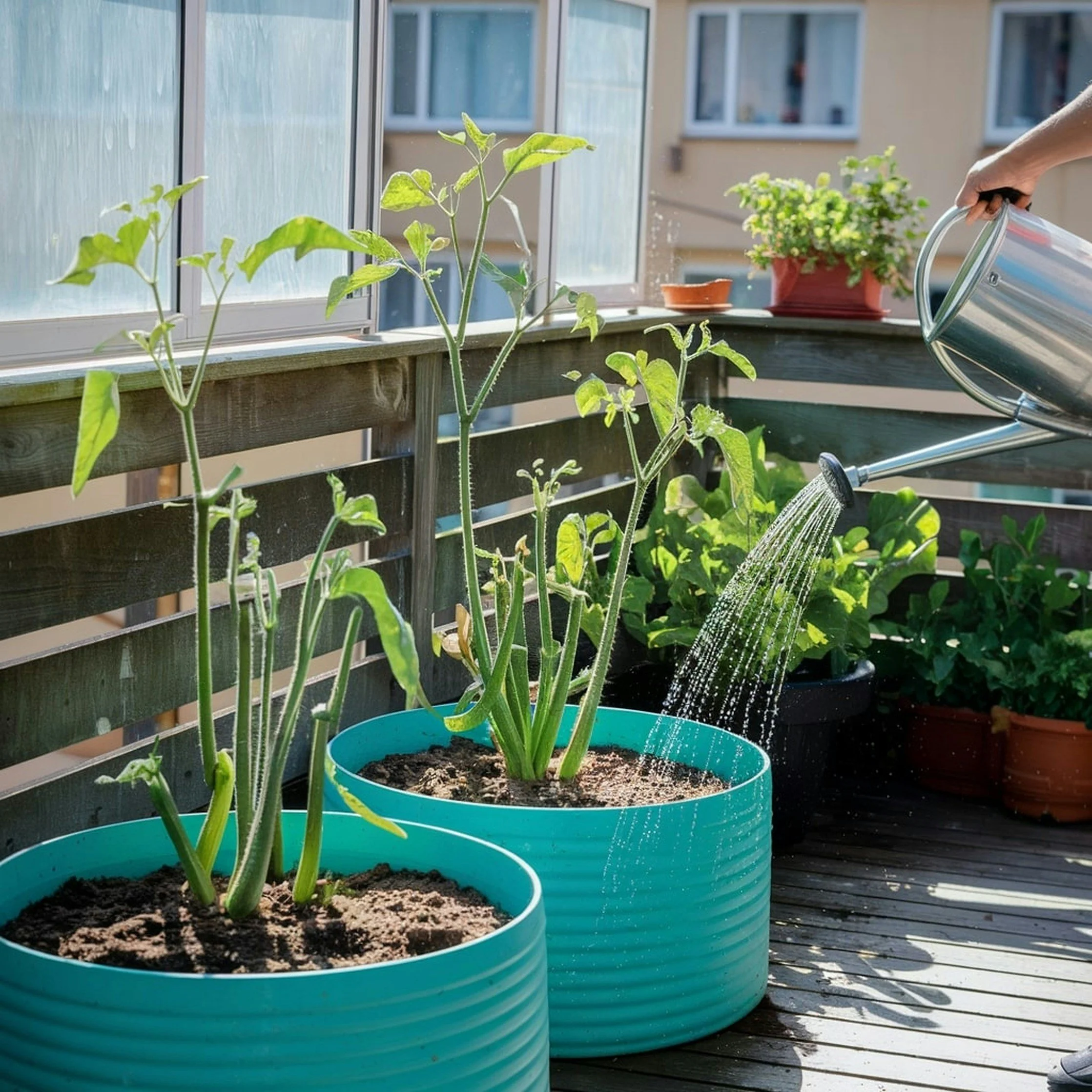
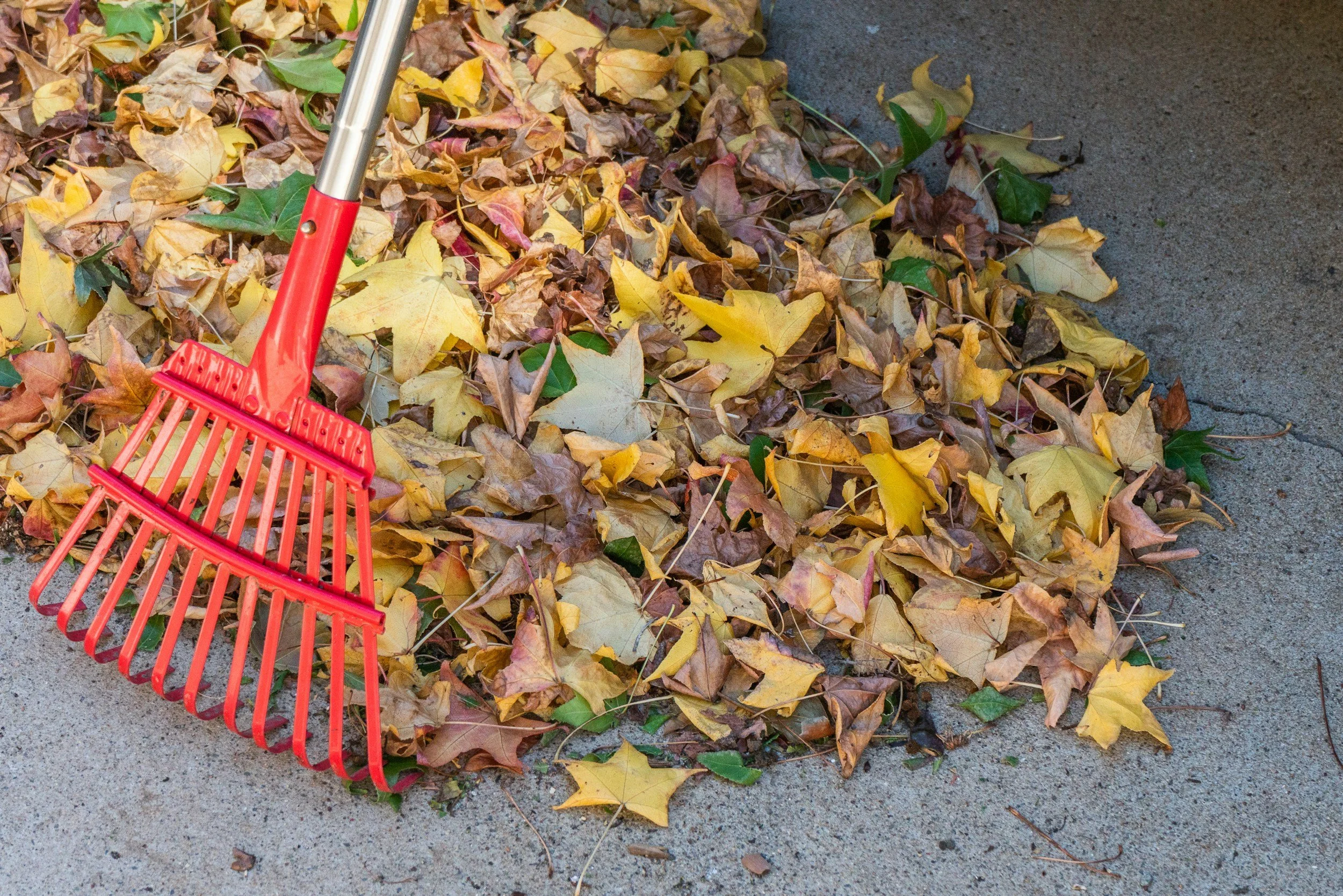

















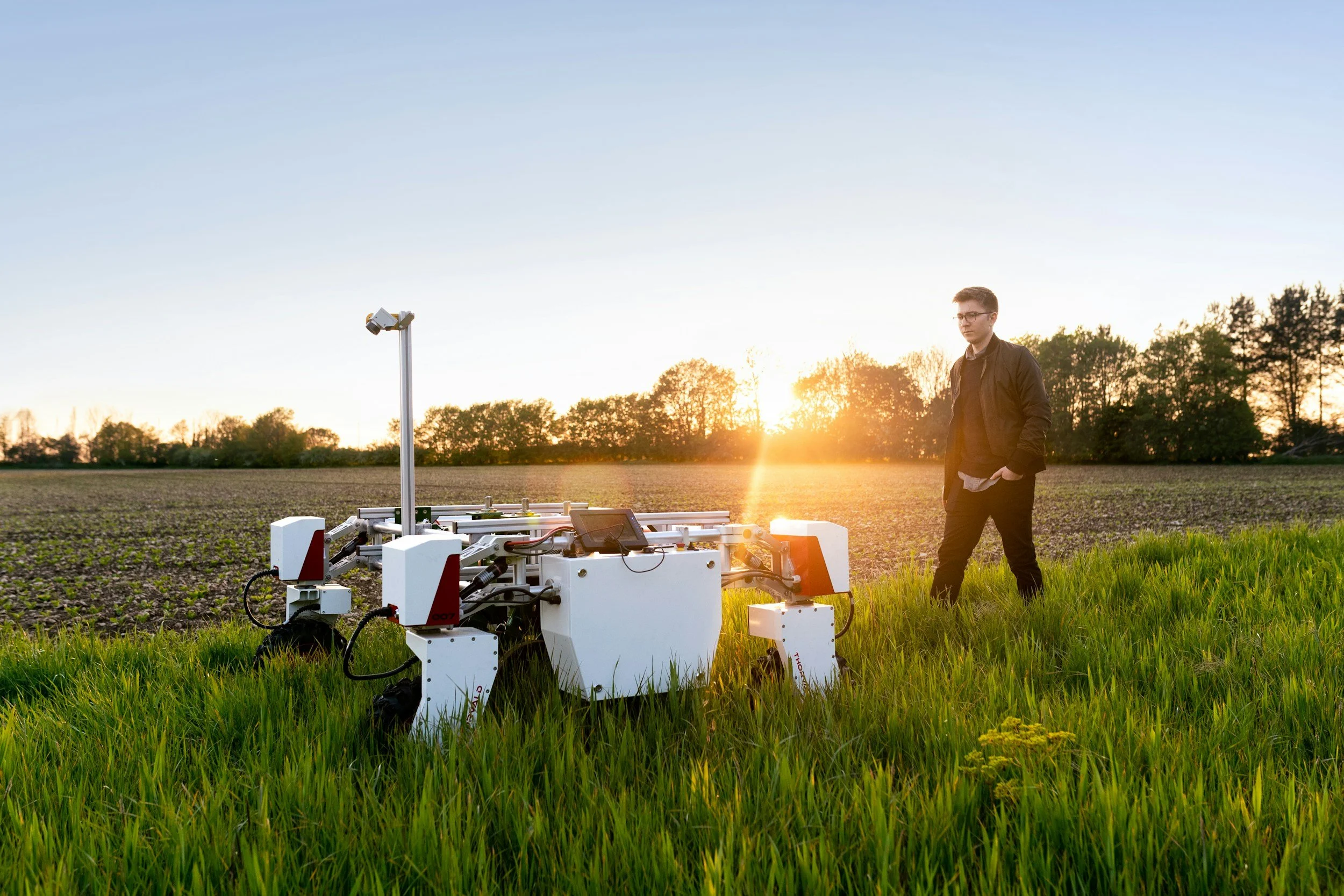








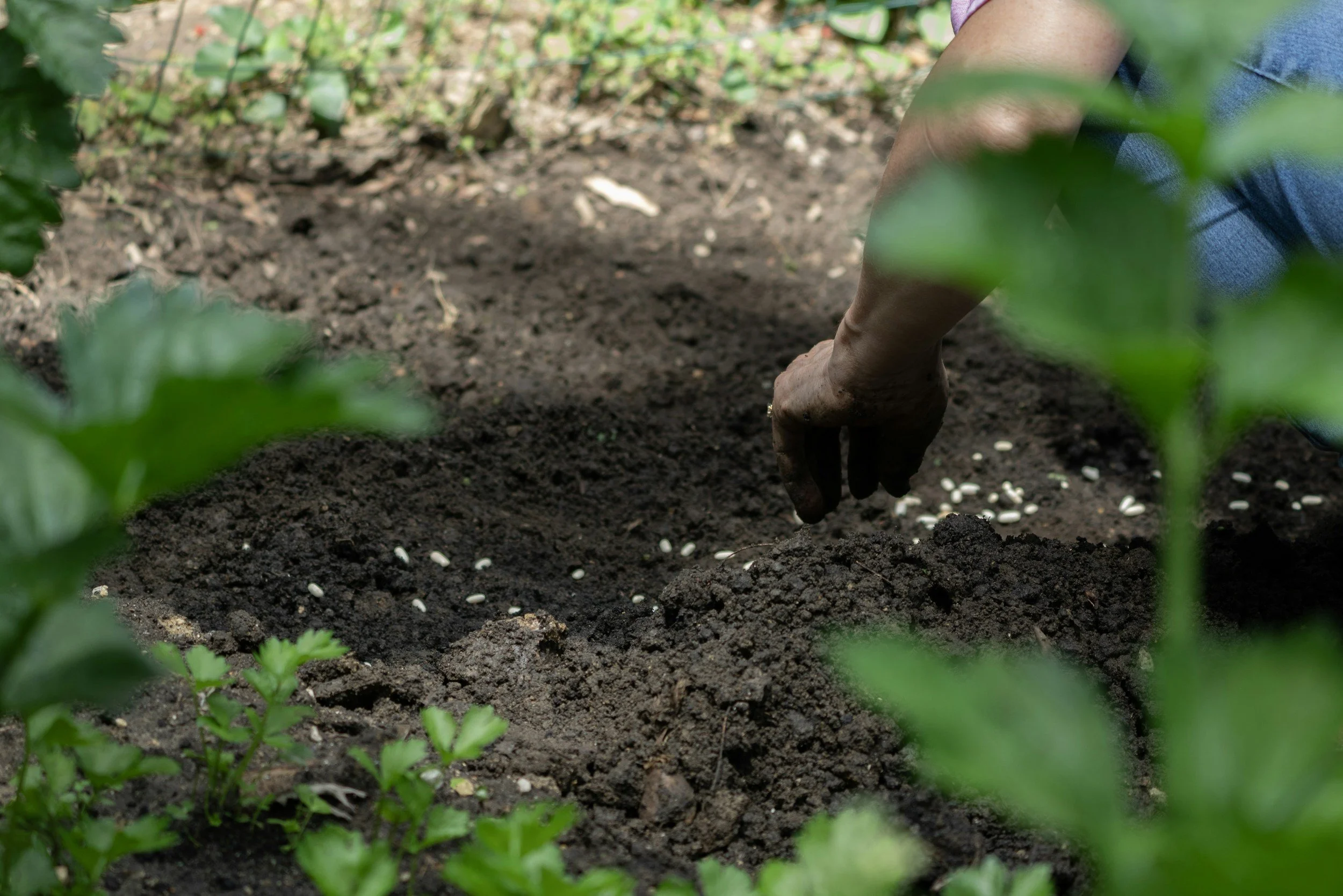



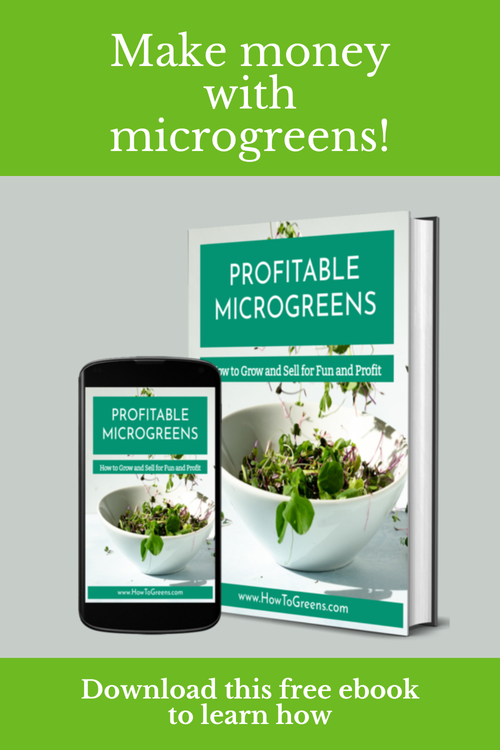
When I got my water bill this month, I was frustrated but not surprised. My bill covered the summer months, when I use more water than usual to keep my crops hydrated and healthy. Even with rain barrels and a timed irrigation system in place, it felt like I’ve been spending more on water than I should be. So I was intrigued to find out that there are now ways I could be using some of the new smart technology to cut my water bill without compromising the productivity of my garden.